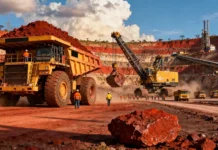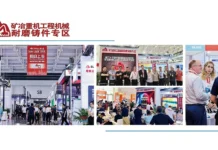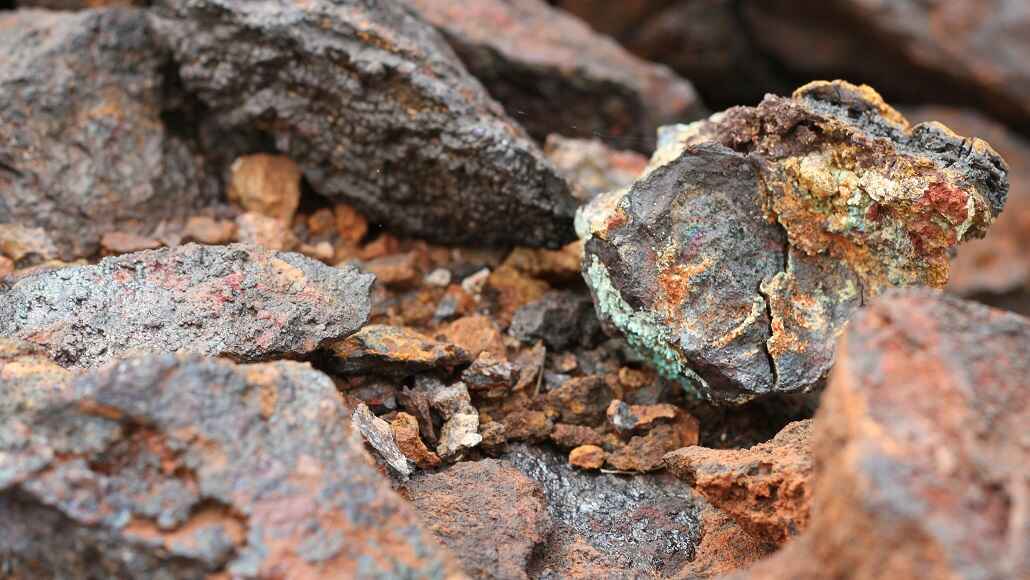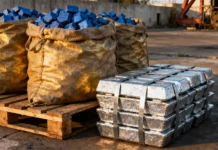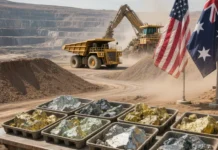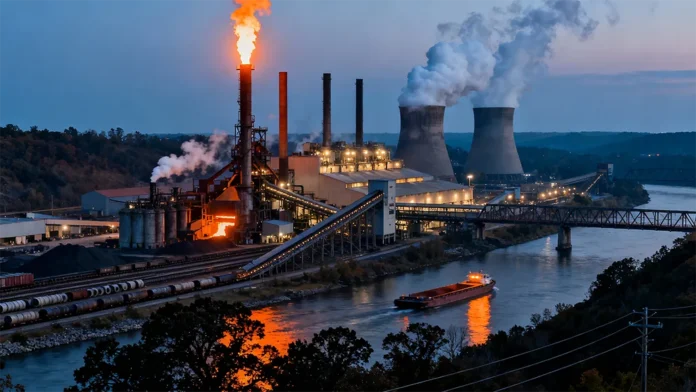On October 7, 2025, the EU moved to double tariff on foreign steel, taking a leaf from the US president’s book to shield the struggling steel sector from a flood of cheap Chinese exports.
Urged to act rapidly so as to rescue European steel from decline, the EU executive went ahead and proposed hiking levies on steel imports to 50% and also decreasing the volume allowed in before tariffs apply by 47%.
According to Stéphane Séjourné, the EU industry chief who unveiled the plans alongside Maros Sefcovic, the trade commissioner, in 2024 said that the 18,000 direct jobs were cut in the steel industry, which is far too many, and it had to stop.
EU to double tariff on foreign steel is a part of the EU strategy that goes on to mirror the plan that’s embraced by Trump, who went ahead and imposed 50% tariffs in order to keep out the cheap metals from China, which happens to be the producer of over half of the world’s steel. Canada too has taken similar steps.
According to Sefcovic, the EU was indeed taking necessary, effective, and at the same time balanced action so as to protect jobs and the economy, whereas Eurofer, the industry group, went on to hail, as per him, a real lifeline for the sector.
Apparently, the British steelmakers, however, went on to voice their alarm at the impact of the move since almost 80% of their exports go to Europe, with Chris McDonald, the country’s Industry Minister, saying that he would look out for urgent clarification from Brussels in this regard.
Sefcovic went ahead and told a news conference at the European Parliament located in France’s Strasbourg that the EU was not closing its market to imports when it comes to its partners, adding that the commission is going to engage bilaterally with their UK partners.
It is well to be noted that as per the proposal, import quotas are going to be reduced to 18.3 million tons per year, as per Brussels, which, by the way, happens to be the total volume of steel that the EU had imported in 2013.
That year got chosen due to the fact that the EU considers that the market became unbalanced right from that point on due to excess production, mostly due to China, which happens to massively subsidize the local steelmakers.
Sefcovic opines that the global overcapacity crisis happens to be reaching critical levels, further adding that the steel capacity would go on to reach five times the yearly EU demand by 2027.
Importers, when it comes to processed steel, must also go on to offer evidence of which country the metal had been melted and poured in so as to avoid the levy circumvention as per the new measures.
What is the major step forward?
Subject to the approval by the member states of the EU as well as the parliament, the proposal would go on to permanently replace the present safeguard scheme, which happens to impose 25% duties beyond the existing set of import quotas butends the next year.
According to Ursula von der Leyen, the EU chief, they indeed need to act now, and she urges the states as well as the parliament to move ahead at a brisk pace.
In addition to this, Eurofer likewise went ahead and urged for a fast-track adoption, thereby calling the proposal a major step forward so as to save EU steel as well as, with it, hundreds of thousands of jobs.
It is worth noting that after the US-EU tariff deal was finalized in July 2025, Sefcovic remarked that the European as well as American steel and, of course, the aluminum sectors went ahead and suffered from the same challenge.
The fact is that now the EU trade chief is very much hoping to team up along with Washington so as to tackle the overcapacity of the Chinese and has, as a matter of fact, been in talks with his US counterparts in order to agree on quotas pertaining to steel imports.
Sefcovic added that they will, of course, inform their American partners with regard to these measures and that he hopes that this is surely going to help them to go ahead and start the discussion pertaining to ringfencing.
Apparently, with EU to double tariff on foreign steel, the EU is indeed looking forward to having a broader metals alliance along with the United States so as to ringfence their respective economies from the Chinese overcapacity.
Interestingly, as the EU pushes ahead with decarbonizing industry, steel is surely going to be critical for renewable energy equipment, right from solar panels to wind turbines, and for electric cars as well.
There are millions of jobs that are at risk
It is well to be noted that the steel sector happens to employ almost 300,000 people throughout Europe, and the fact remains that around 100,000 jobs have been lost over the last decade and a half. Apparently, the present crisis happens to put direct steel jobs at risk and also, along with it, 2.3 million indirect jobs, as per Eurofer.
The point is that the data here goes on to paint a very stark picture of a European sector that has been dwarfed because of the steel giants of the world.
It is worth noting that in 2024, China went on to produce over one billion tonnes of steel, which apparently was far ahead of India, which was responsible for manufacturing 149 million tonnes in the entire year.
Notably, the United States came in fourth, by way of producing almost 79 million tonnes, as per the World Steel figures.
In contrast, Germany went on to produce almost 37 million tonnes in 2024, whereas French production was less than 11 million tonnes.
The commission has said that the EU steel industry happened to be the only major region that has gone on to lose almost 65 million tons of capacity ever since 2007.





